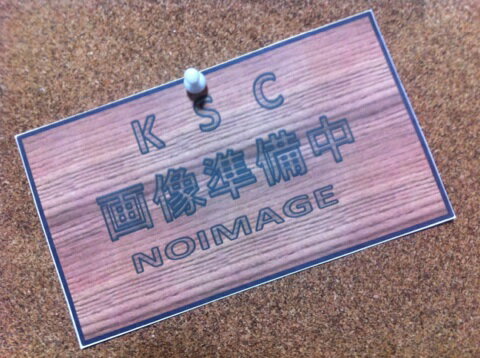moorerがダメな理由ワースト8
Nixon's Trident: Naval Power in Southeast Asia, 1968-1972 - Walleye TV-Guided Bomb, Naval Bombardment, A-6 Intruder, Air Operations in Laos, Mining Haiphong Harbor, Linebacker, Admiral Moorer, Tet【電子書籍】[ Progressive Management ]
Item Number 30
<p>Professionally converted for accurate flowing-text e-book format reproduction, this U.S. Navy publication is a history of the use of naval power in the Vietnam War from 1968 through 1972.</p> <p>Introduction * Air Operations in Laos * Protective Reaction * Blunting the Easter Offensive * Mining Haiphong Harbor * The War Against the MiGs * Linebacker * Conclusion * Sidebars * Intruder * Admiral Thomas Hinman Moorer * From Thanh Hoa to Sarajevo * Walleye TV-Guided Bomb * Naval Bombardment: Into the Lion's Den</p> <p>Although offensive bombing against North Vietnam officially stopped between 1968 and 1972, the United States conducted numerous "protective reaction" strikes against North Vietnamese air defenses when these defenses fired upon or otherwise threatened U.S. aircraft conducting aerial reconnaissance or passing over North Vietnam in transit to Laos. Over 1,000 protective reaction strikes were launched in 1970 alone. During one such operation in December 1971, 200 Air Force and Navy planes struck targets as far north as the 20th parallel (just 75 miles from Hanoi) in the biggest bombing raid of that periodーProud Deep Alpha.</p> <p>The most intense year of the air war was 1972. During that year, North Vietnam launched a major attack that employed masses of regular ground troops, tanks, and artillery against South Vietnam. In the so-called Easter Offensive, the enemy hoped to crush the South Vietnamese armed forces and bring the war to a sudden, violent conclusion. Only a small number of Air Force fighter planes, a handful of Army and Marine advisors, and the Navy carriers in the Gulf of Tonkin were on hand to aid the South Vietnamese in stemming the Communist onslaught. In the end, naval air power proved vital in stopping the offensive because of the Navy's ability to concentrate carriers off Vietnam. In a matter of a few short weeks, the Navy's carrier presence in the Gulf of Tonkin jumped from two to six flattops. Navy aircraft flew the majority of strikes during the critical early days of the offensive. Navy surface ships also offered beleaguered South Vietnamese ground forces near the DMZ critical gunfire support against North Vietnamese armored columns moving down the coast.</p> <p>Once the invasion was effectively halted, naval aircraft and warships carried the war to North Vietnam. During Operation Pocket Money (May 1972-January 1973), naval aviators mined Haiphong harbor and other major ports in North Vietnam. In Linebacker I (April-October 1972), Navy planes and warships resumed combat against North Vietnam and struck many formerly off-limit targets for the first time in the war. Naval aviators fought their most intense air-to-air duels with enemy MiGs during 1972, and warships braved fierce enemy fire to attack targets of significance along the North Vietnamese coastline, including targets in Haiphong. In all, enemy fire hit 16 U.S. Navy ships during 1972ーthe deadliest year of the war for the Navy's gunfire support force.</p>画面が切り替わりますので、しばらくお待ち下さい。
※ご購入は、楽天kobo商品ページからお願いします。
※切り替わらない場合は、こちら をクリックして下さい。
※このページからは注文できません。
Item Number 30
| Review Count | レビュー件数 | 0件 |
| Review Average | レビュー平均 | 0(5点満点) |
| Shop Name | ショップ | 楽天Kobo電子書籍ストア |
| Price | 商品価格 | 956円(税込み) |


















